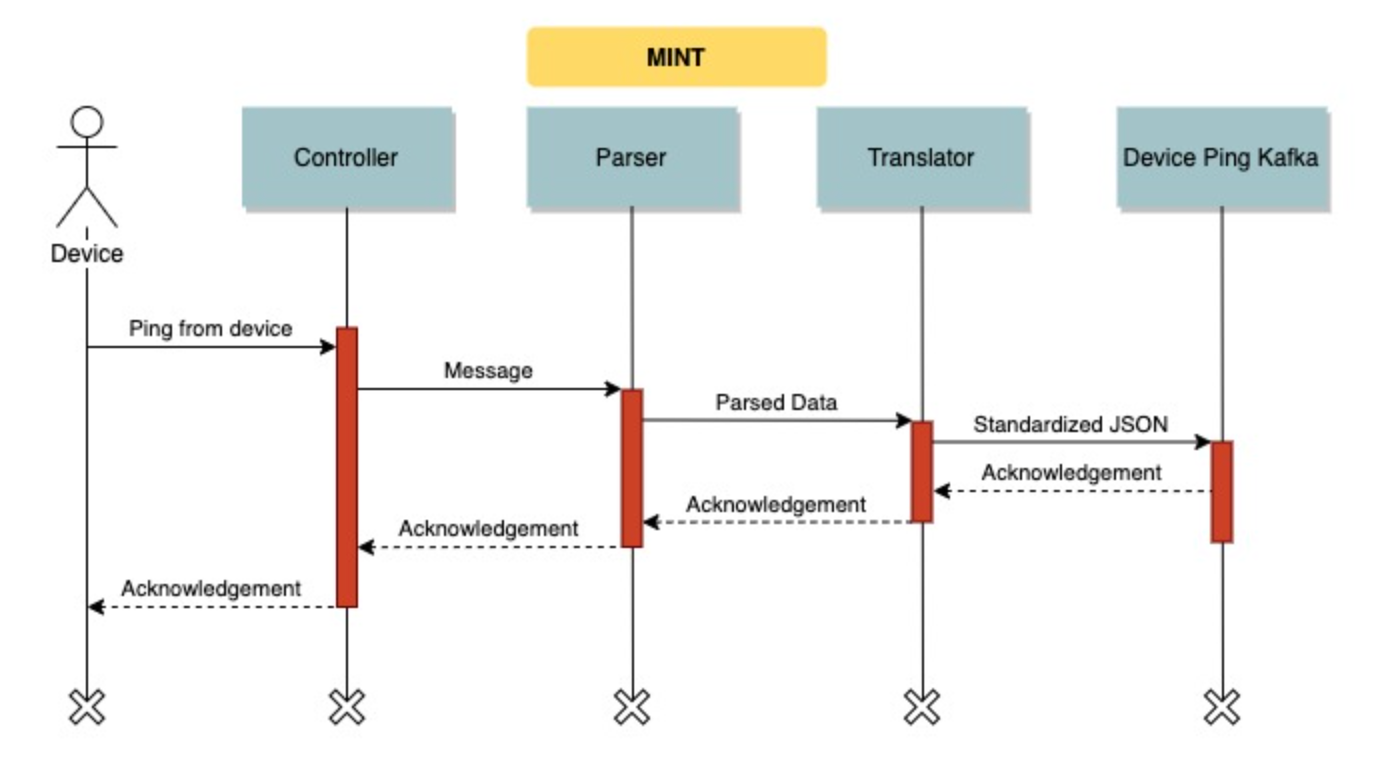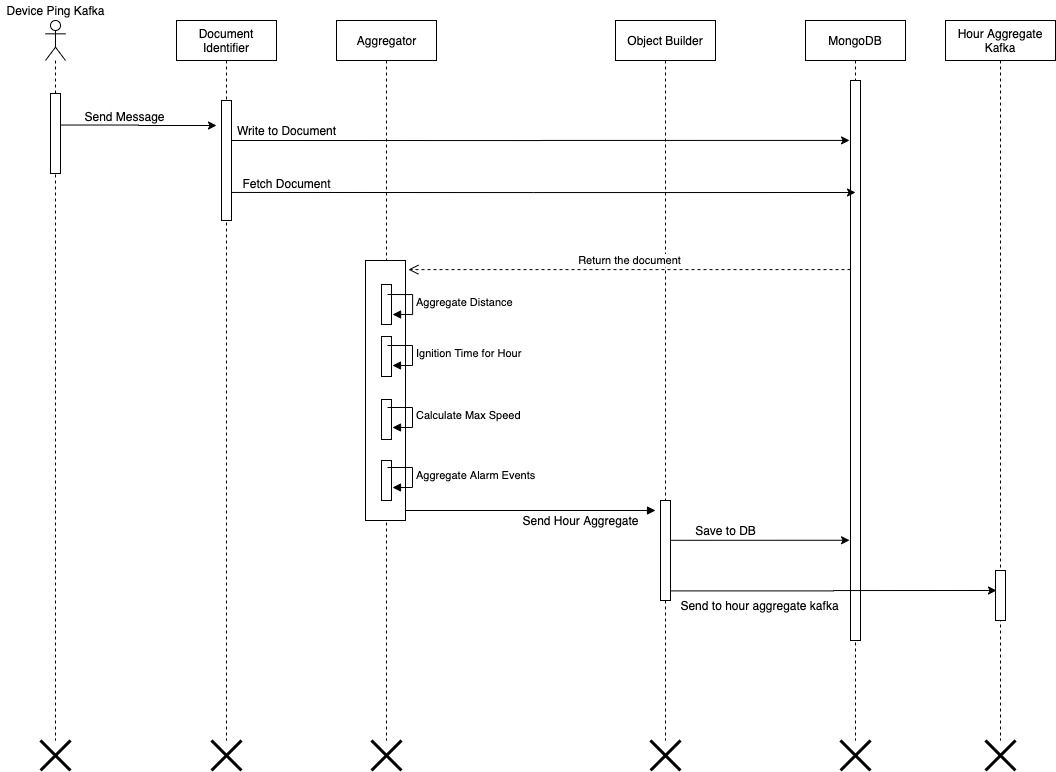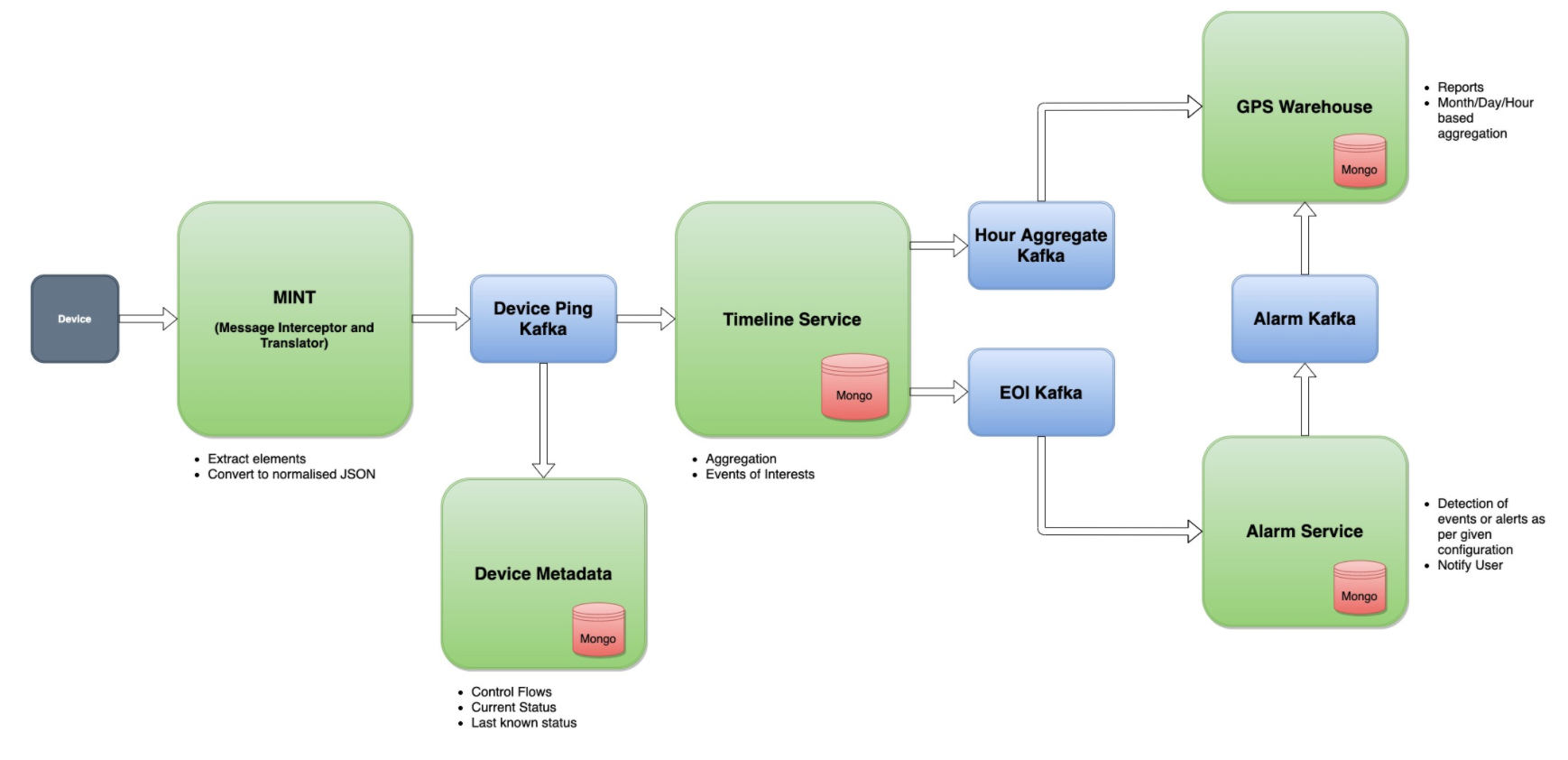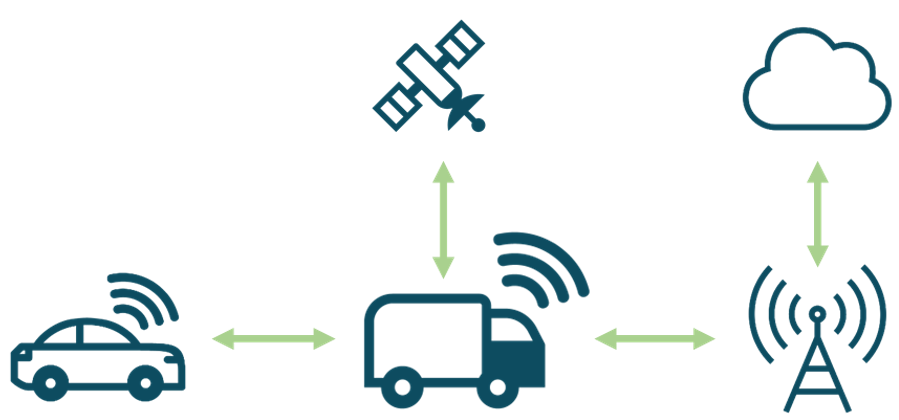In its broadest sense, telematics is the union of two sciences—telecommunications, a branch of technology including phone lines and cables, and informatics such as computer systems. Today, the term is commonly used in reference to the telematics solutions utilized in commercial fleet vehicles.
At its core, a telematics system includes a vehicle tracking device installed in a vehicle that allows the sending, receiving and storing of telemetry data. The telematics data captured can include location, speed, idling time, harsh acceleration or braking, fuel consumption, vehicle faults, and more.

Telematics has become a crucial technology for fleet management. Telematics supports these major core areas:
- Productivity and improved customer service by using real-time GPS tracking, trip reporting, and dispatching and routing tools
- Safety with the availability of in-vehicle driver coaching, risk and driver behaviour reporting, accident notifications and reconstruction, and the ability to locate a stolen vehicle
- Optimization of vehicle maintenance with predictive maintenance abilities and remote diagnostics, and optimization of fuel management by tracking idling and other fuel-guzzling habits
- Compliance with solutions for electronic logging and Hours of Service, IFTA reporting, and vehicle inspections
The anatomy of telematics stack at Blackbuck — a closer look
1. All devices ping to our servers via NLB which functions at the fourth layer of the Open Systems Interconnection (OSI) model. The target for these devices' data packets is the MINT. It is responsible for intercepting the pings from device(which come in various shapes and sizes - some are in hex encoding, some are in ASCII etc) and translating those into a predefined format. The formatted data is pushed to specific Kafka topics which are then consumed by downstream services.

2. Going downstream, we have Timeline service which is responsible for consuming pings from MINT service and aggregating/processing them to power warehouse and alarm service. In here, we also store minute level action for all the devices in timeline datastore. This is primarily used for analysing and debugging purposes. The timeline sequence is shown in the following diagram:

Sample Data In Timeline Store:
{ "_id": "TEST_202010071546", "dist": 0.8541237814955557, "imei": "TEST_IMEI", "epochMinute": { "$numberLong": "26701096" }, "date": { "$date": "2020-10-07T10:16:54.000Z" }, "truckRegNo": "TEST", "brand": "TEST_BRAND", "isIgnitionOn": true, "maxSpeed": 42, "pings": [ { "entityId": "TEST", "events": [], "messageType": "POSITION", "position": { "lat": 25.742414, "lon": 82.563683 }, "timestamp": { "$numberLong": "1602065764000" }, "truck": { "speed": 40 } } ] }
3. Further downstream, the Alarm Service consumes events from Timeline Service and raise alarms based on the configured conditions and notifies users regarding the same. The Service also serves alarm related queries and generates hourly aggregate which is sent to GPS warehouse through Kafka. Some different types are of alarm and related analytics include:
- Over Speeding
- Harsh Acceleration/ Harsh Breaking
- Accident/Crash
- Route Deviations
4. In the Warehouse service, we store all the data aggregated over an hour in a day level document. This is also the gateway application which caters to user facing APIs when data is requested in posterity.
Combining all of the above, the overall architecture can be visualised as follows.

Telematics @ BlackBuck!
BlackBuck provides GPS devices which truckers can purchase. Along with these devices, BlackBuck provides detailed analytics and other value added services in terms of data generated by these GPS devices along with custom slicing/dicing 's which give meaningful insights to truckers. On the Boss app (Trucker App), any user can
- Get real time movement of trucks - (Just like Ola/Uber).
- Figure out historical trips & trace the truck back in time
- See Timeline of Truck. Just like Facebook Timeline, BlackBuck generates Truck's timeline. Truckers can understand the trip durations, see where all stoppages have happened, what are the nature of these stoppages? Are they Dhabas, Toll Plazas, Rest Stops, Fuel stations etc.
- Truckers can get detailed reports related Crashes, Over Speeding, Harsh Acceleration and Breaking, Route deviations. Truckers can configure these alerts with their own custom thresholds.
- Truckers can also create POIs (Point of Interests) and create geofence around these POIs which helps them understand if truck enters, exits or dwells in these POI regions.
What’s next?
Telematics Engineering team indeed play a pivotal role within BlackBuck with GPS being one key value proposition we offer our fleet owners. We are building truck specific maps and features which helps truckers take optimal routes considering vehicle type of "truck". We are also working on interesting use cases for truckers which help predict high-density demand and supply clusters. We have integrated Kepler, which helps us visualise lots of real time data on Lat Longs and Alarms.
Right now, as you finish reading this blog piece, we are continuing our journey of revolutionising the data and analysis that comes from GPS devices and thereby helping Indian truckers to optimize their fleets, reduce costs and increase revenue.


